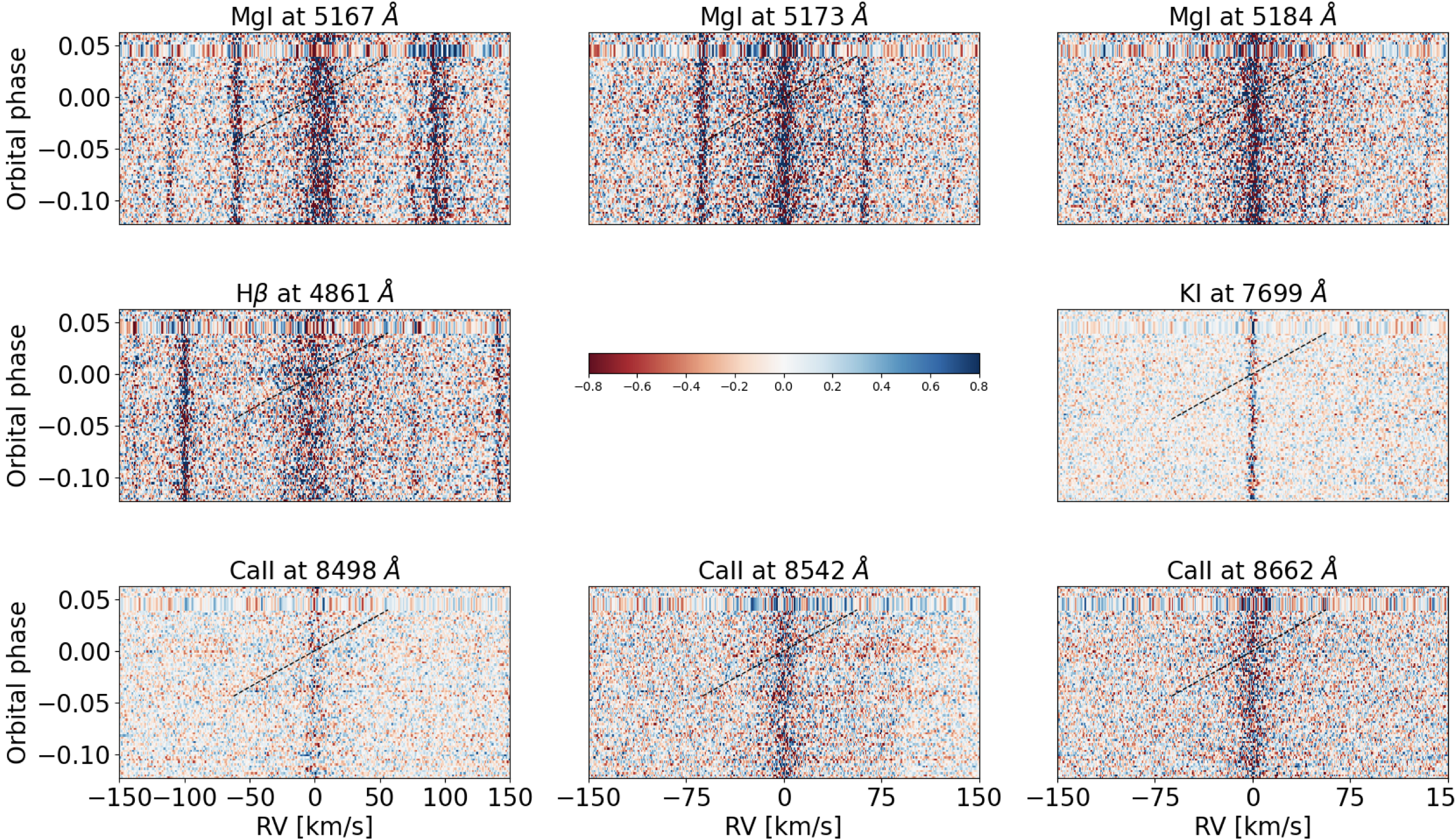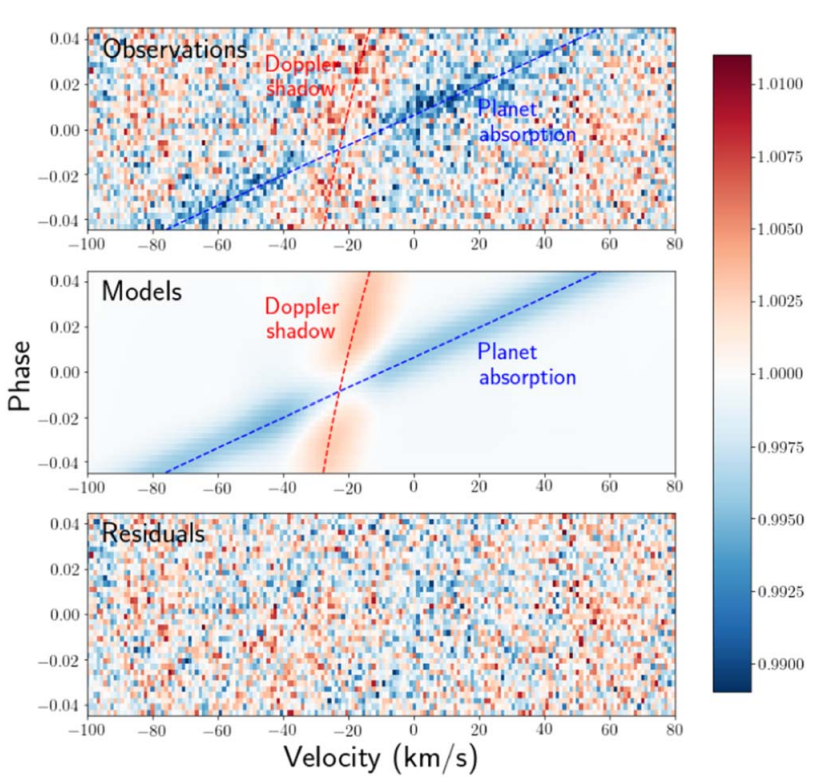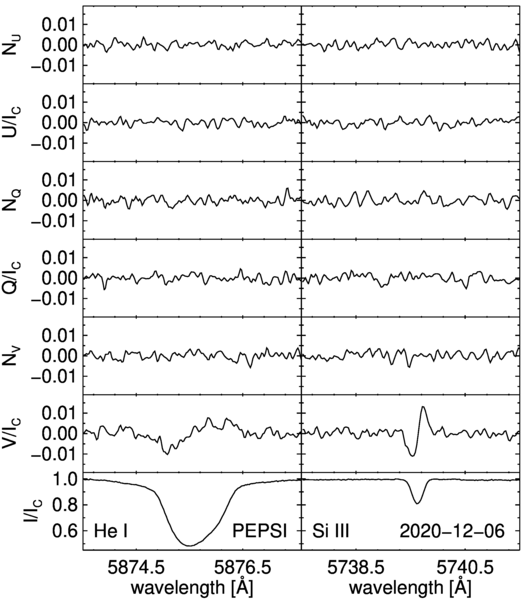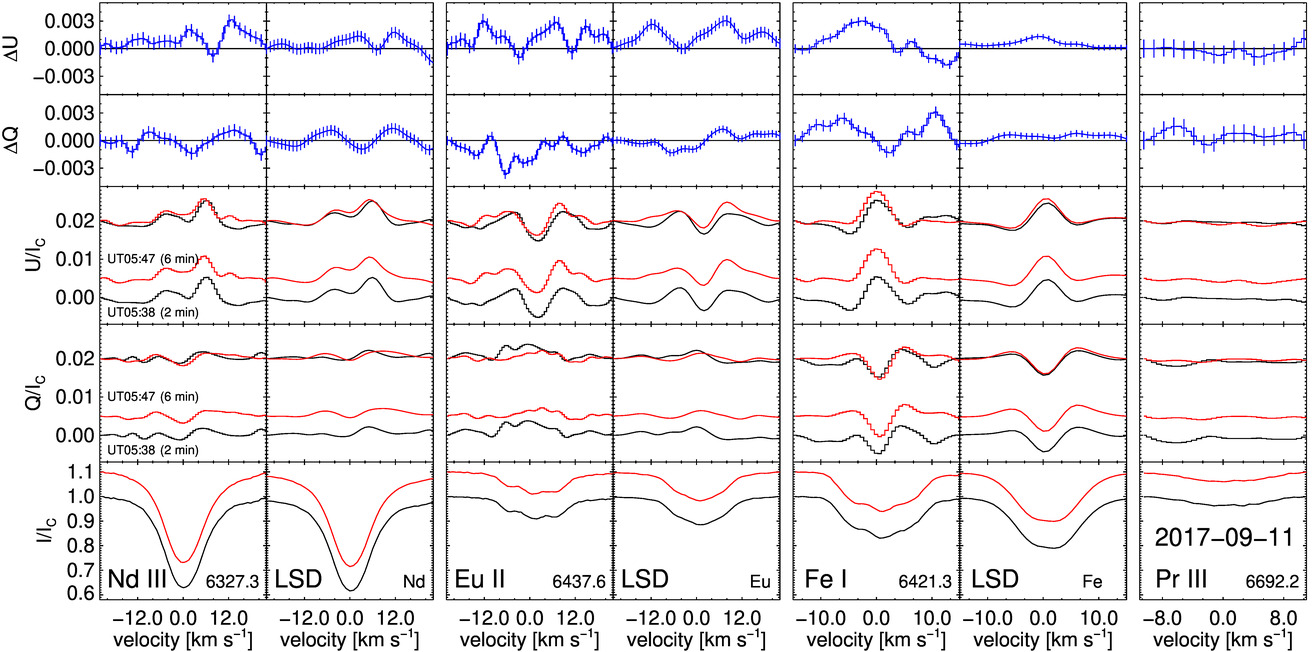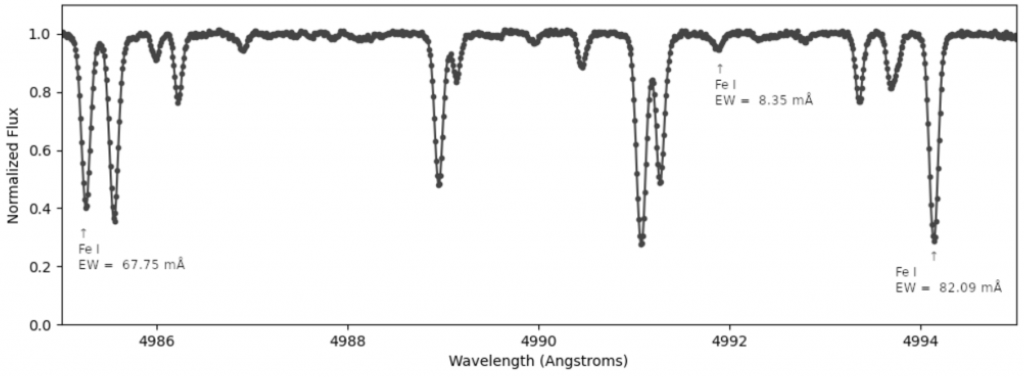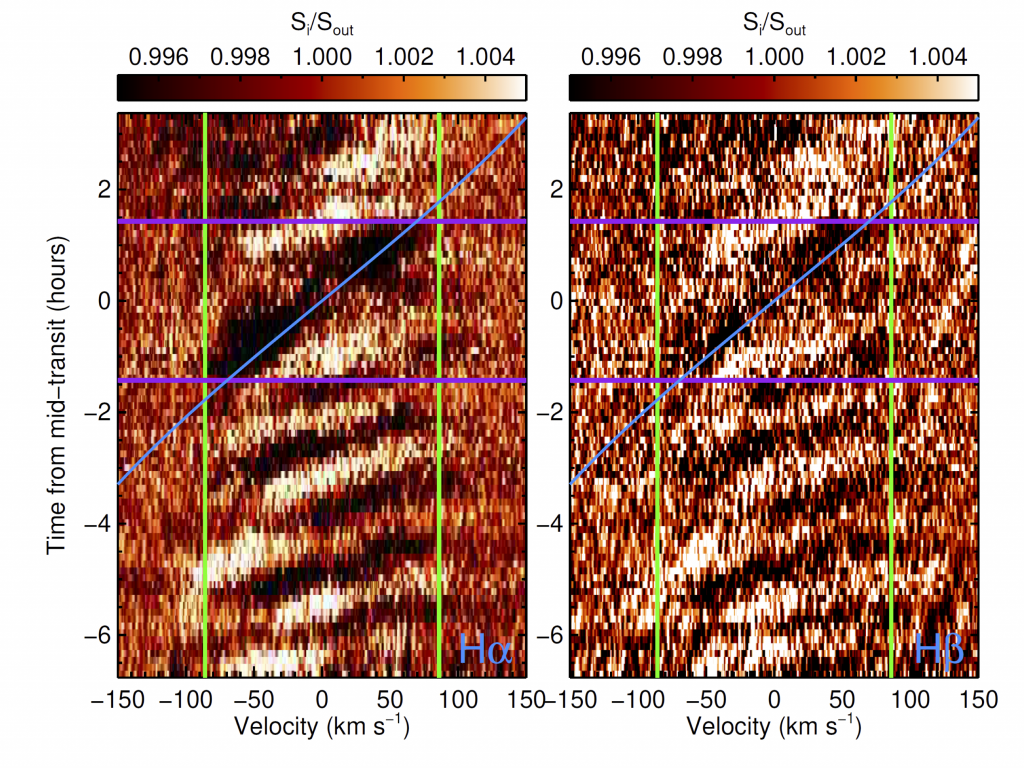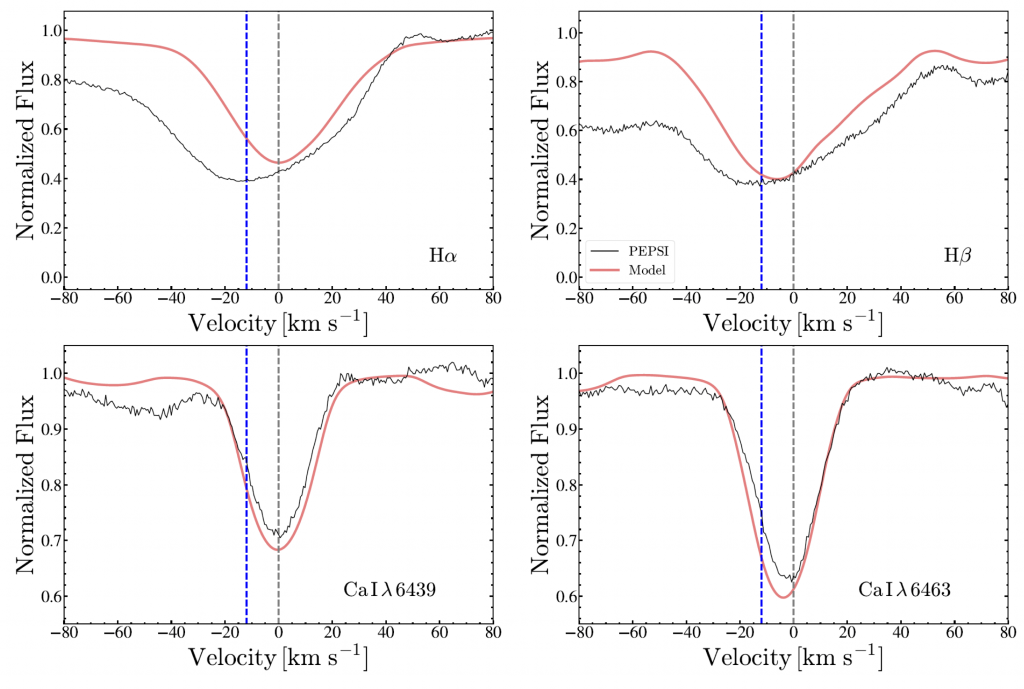The alignment of planetary orbits with respect to the stellar rotation preserves information on their dynamical histories. Measuring this angle for young planets helps illuminate the mechanisms that create misaligned orbits for older planets, as different processes could operate over timescales ranging from a few megayears to a gigayear. We present spectroscopic transit observations of the young exoplanet V1298 Tau b; we update the age of V1298 Tau to be 28 ± 4 Myr based on Gaia EDR3 measurements. We observed a partial transit with Keck/HIRES and LBT/PEPSI, and detected the radial velocity anomaly due to the Rossiter-McLaughlin effect. V1298 Tau b has a prograde, well-aligned orbit, with λ=4+7−10 deg. By combining the spectroscopically measured vsini⋆ and the photometrically measured rotation period of the host star we also find that the orbit is aligned in 3D, ψ=8+4−7 deg. Finally, we combine our obliquity constraints with a previous measurement for the interior planet V1298 Tau c to constrain the mutual inclination between the two planets to be i mut = 0° ± 19°.

Read more: Johnson et al. 2022, AJ, 163, 247

